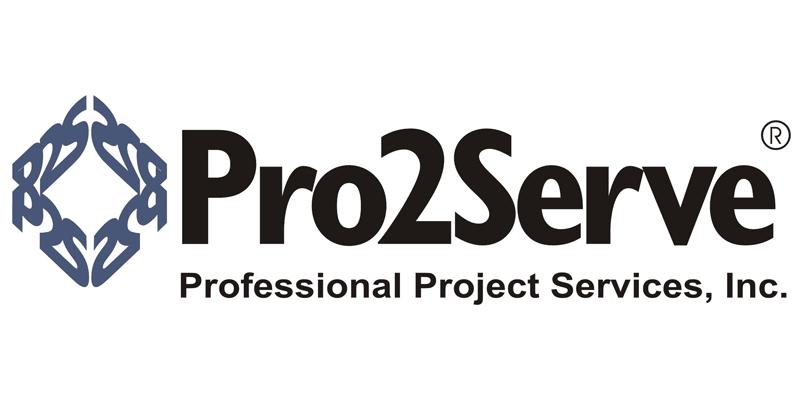The Berkshire Experience
Berkshire is the #1 leader in affirmative action compliance. With over 35 years experience working with OFCCP, there's no firm more equipped to handle organization-wide compliance requirements for federal contractors.
What does this mean for you? Applying our extensive knowledge of the inner-workings of OFCCP regulations, we can empower you to make informed, strategic decisions about affirmative action, pay equity, and talent acquisition at your workplace.
Berkshire By The Numbers in 2023:
1,700+
Clients Served
400+
Compensation Analyses
9,000+
Plans Completed
450+
EEO-1 Reports
What People Are Saying
No one knows Berkshire better than the clients we serve and the staff that deliver the solutions.

In a year when Americans quit their jobs in record numbers, these organizations are giving employees ample reason to stay. The Baltimore Sun proudly presents Berkshire as a Baltimore’s Top Workplaces, the region’s top companies based on confidential surveys of workers.
Baltimore Sun
Media

My Berkshire consultant has been great -- so collaborative and patient throughout the process. I have worked with Berkshire for 20 years now at three employers and my experiences continue to be extremely positive. I would not use anyone else! You all are the best!
Marge Sachs
Emergent Biosolutions

I have had the pleasure of working with Berkshire for the last 12 years. They are responsive to our concerns and questions; offer a variety of solutions; and always in a professional and courteous manner. Also, they know our company inside and out which helps tremendously.
Muriel Madden
Vane Brothers

I've been working with Berkshire for nine years now and their team is great to work with. They always go the extra mile, are positive, and enjoy their jobs. This allows them to turn out a steady high quality product and service. I will continue to do business with Berkshire in the future.
Rusty Hall
Pro2Serve

So thankful that we have Berkshire as a third party vendor to help with this required annual project. I would never want to do it alone! Berkshire is great!
Sharon Collins
KAMO Power

Sam Shea
PMF Industries Inc

Stephanie Burch
QPS Bio-Kinetic

We have been so pleased with Berkshire services and have partnered with them for the past 16 years for our AAP, EEO-1, and VETS reporting. Our consultant, Alexis, is very knowledgeable, provides excellent service, keeps us compliant and works with us closely throughout the process and beyond. I would highly recommend Berkshire for their professional services.
Marie Holland
North Highland

Latest Events
Lorem Ipsum is simply dummy text of the printing and typesetting industry. Lorem Ipsum has been the industry's standard dummy text ever since the 1500s, when an unknown printer took a galley of type and scrambled it to make a type specimen book.
It has survived not only five centuries, but also the leap into electronic typesetting, remaining essentially unchanged.
Add link here Add link hereTRAINING
The headline and subheader tells us what you're offering, closes the deal. Over here you can
Webinars
The headline and subheader tells us what you're offering, closes the deal. Over here you can
Add Heading
The headline and subheader tells us what you're offering, closes the deal. Over here you can
Add Heading
The headline and subheader tells us what you're offering, closes the deal. Over here you can
Add Heading
About Us Nemo nibh, condimentum autem ligula ultricies, velit, sociosqu eos voluptatibus modi, porttitor natoque proin proident! Facilisis dapibus convallis molestie fugit, taciti! Itaque! Pharetra alias, animi consectetur? Autem cupidatat incidunt nec! Voluptates illo! Voluptas ligula sodales curabitur. Eum laboris congue
Add Heading Here (h4)
Lorem Ipsum is simply dummy text of the printing and typesetting industry. Lorem Ipsum has been the industry's standard dummy text ever since the 1500s, when an unknown printer took a galley of type and dummy text of the printing and typese scrambled it to make a type specimen book.
Add Heading Here (h4)
Lorem Ipsum is simply dummy text of the printing and typesetting industry. Lorem Ipsum has been the industry's standard dummy text ever since the 1500s, when an unknown printer took a galley of type and dummy text of the printing and typese scrambled it to make a type specimen book.
As part of our effort to support our clients and community, Berkshire offers free monthly webinars covering the most important affirmative action, DEI, and compensation topics.
Our webinars are prepped and delivered by experienced industry experts and attended by hundreds of HR professionals each month!
We also record most of our events and offer a comprehensive archive of on-demand content.
Get Our Latest Updates
The Berkshire blog will keep you updated on ever-changing compliance regulations and more.
Get Our Latest Updates
Join over 25,000 in beating the failure of strategies by following our blog.
-1.png)















.png?width=593&name=MicrosoftTeams-image%20(4).png)